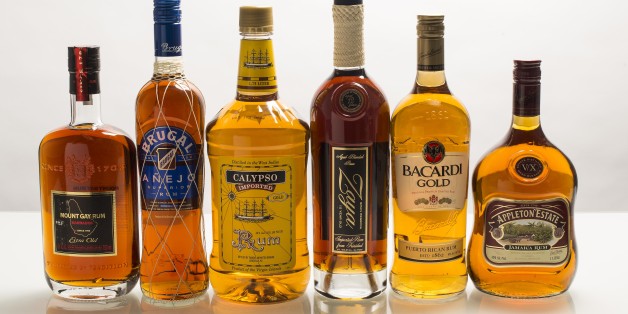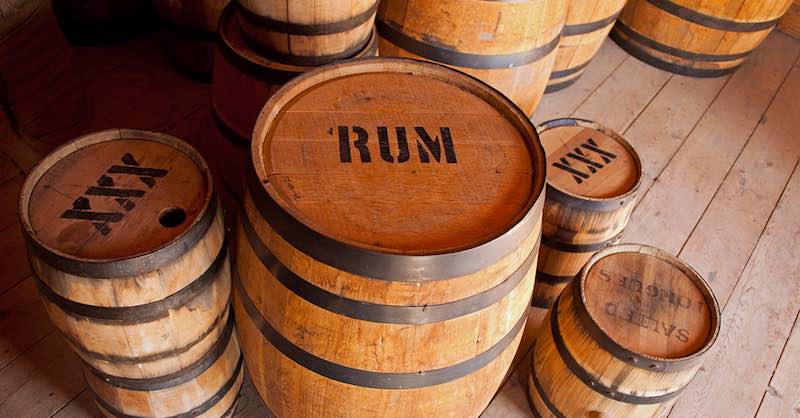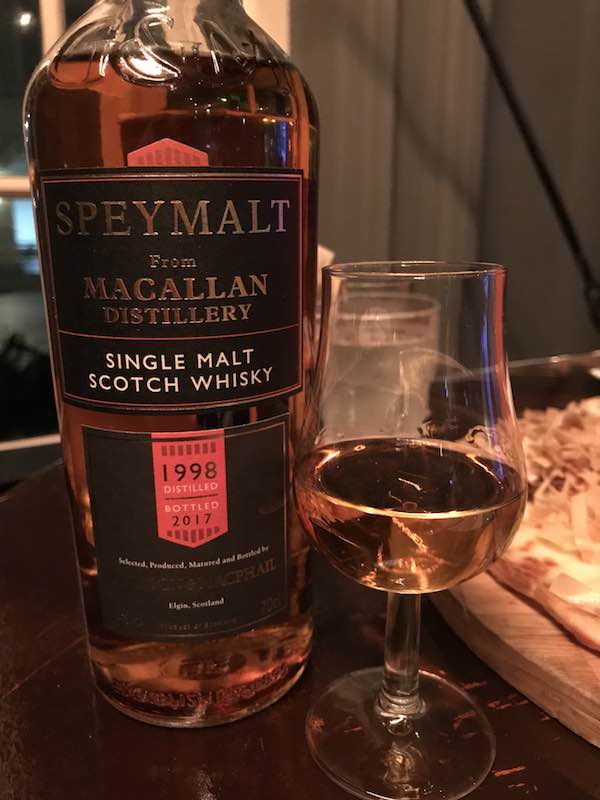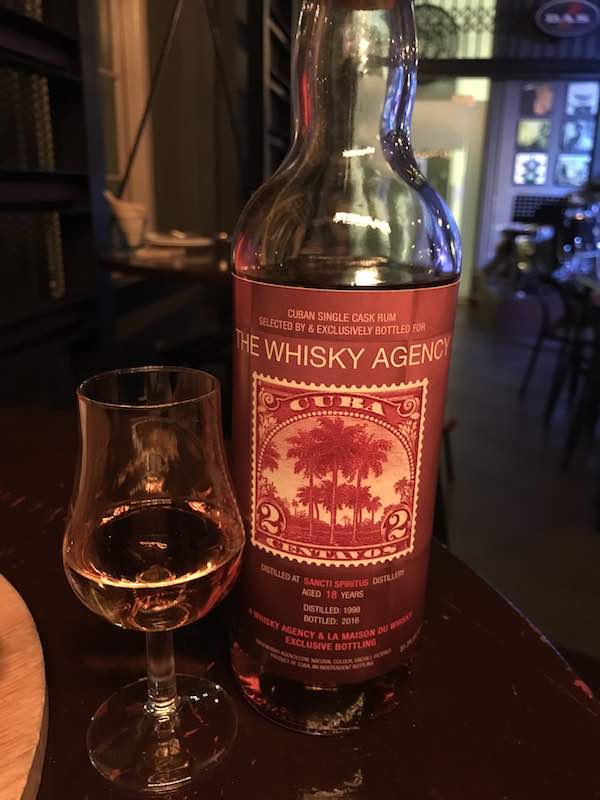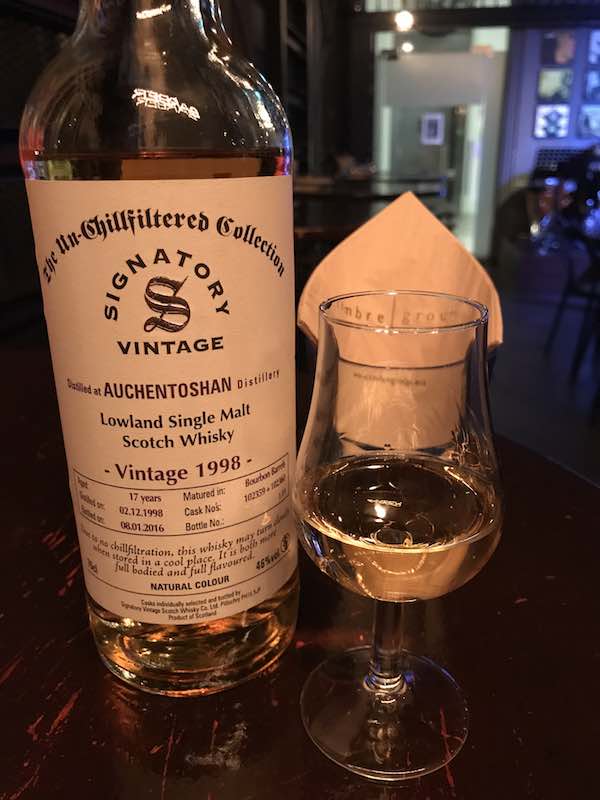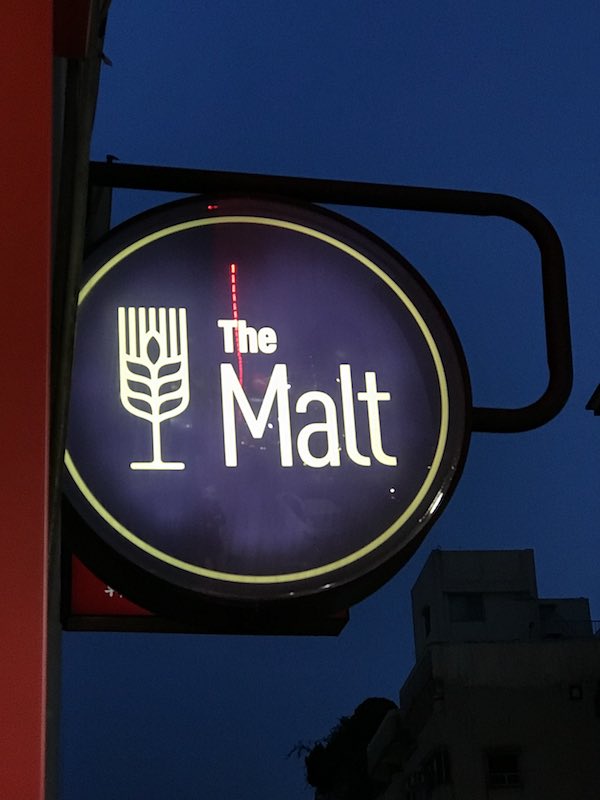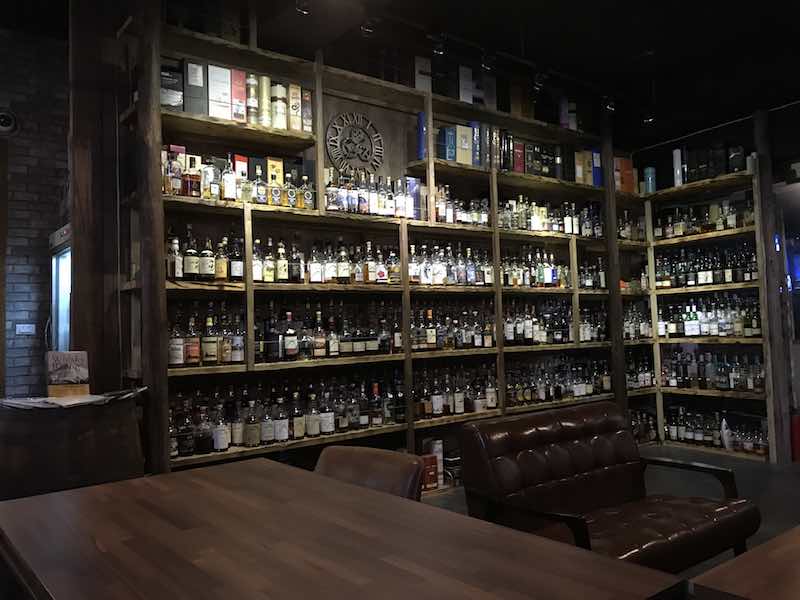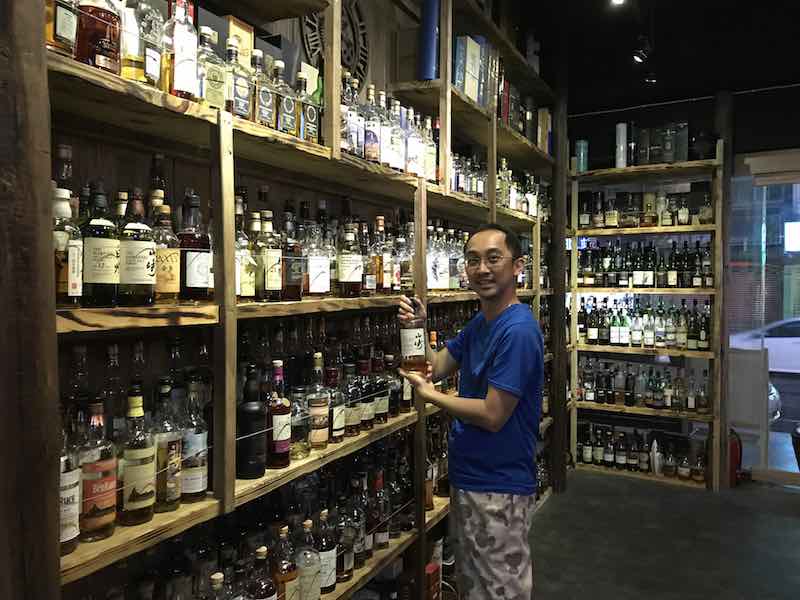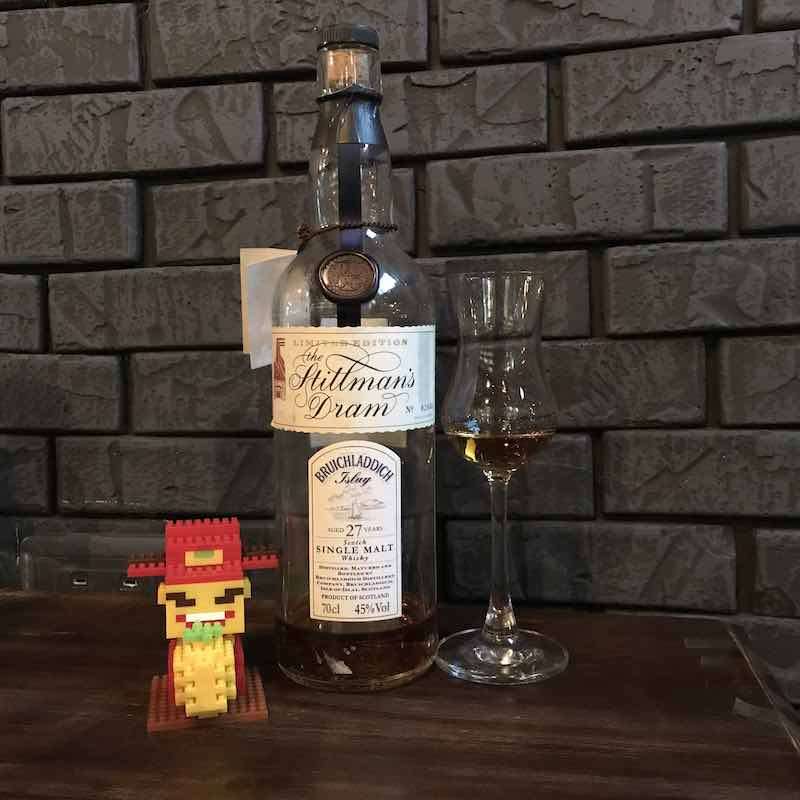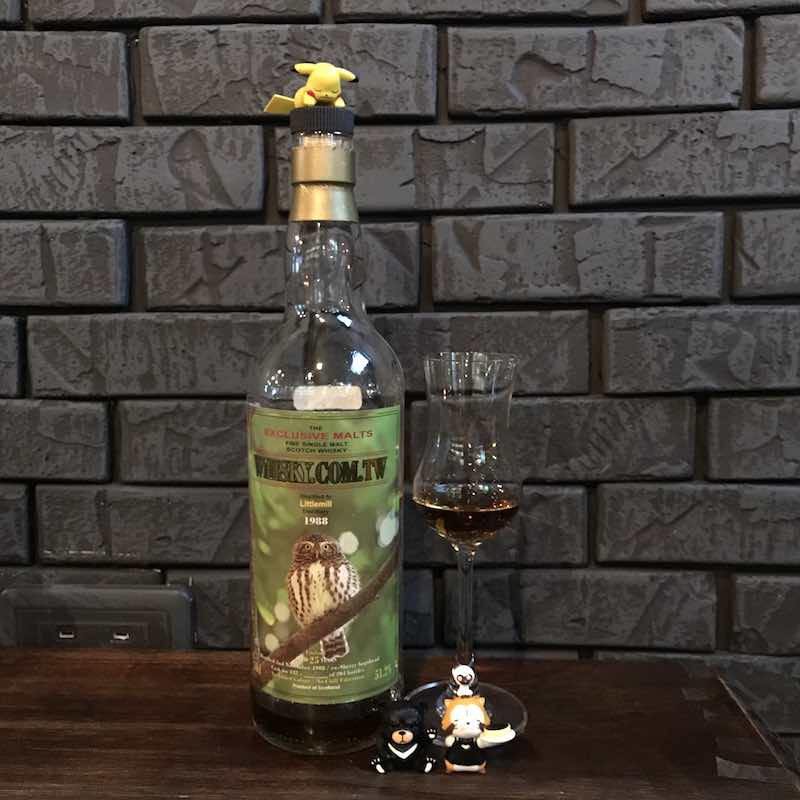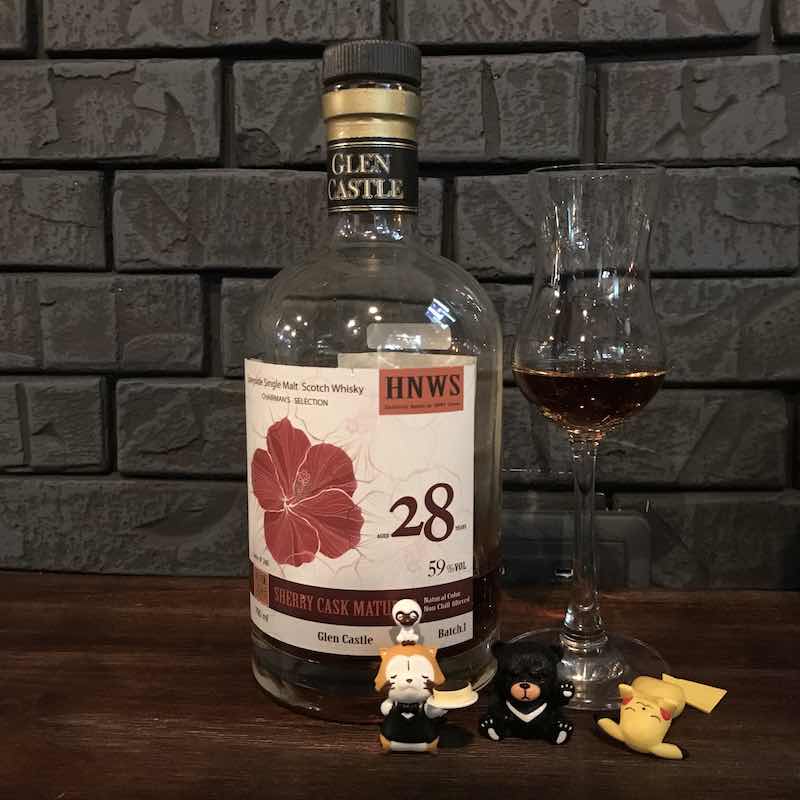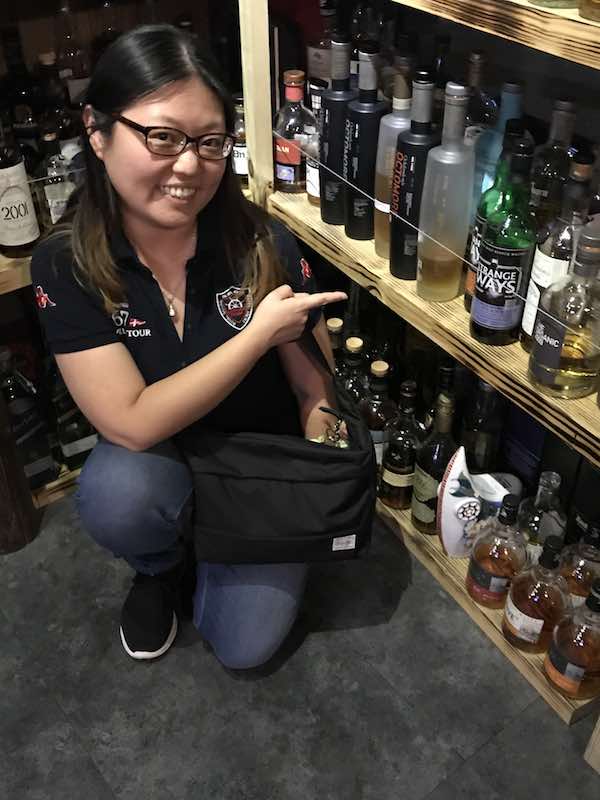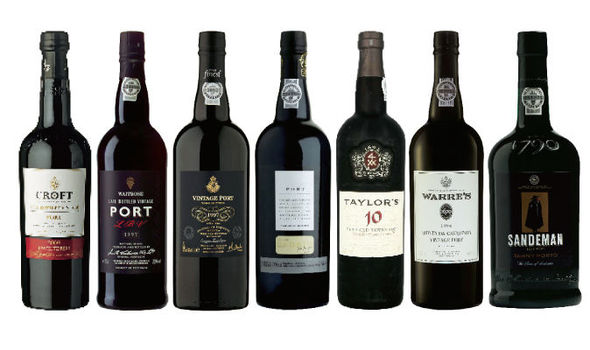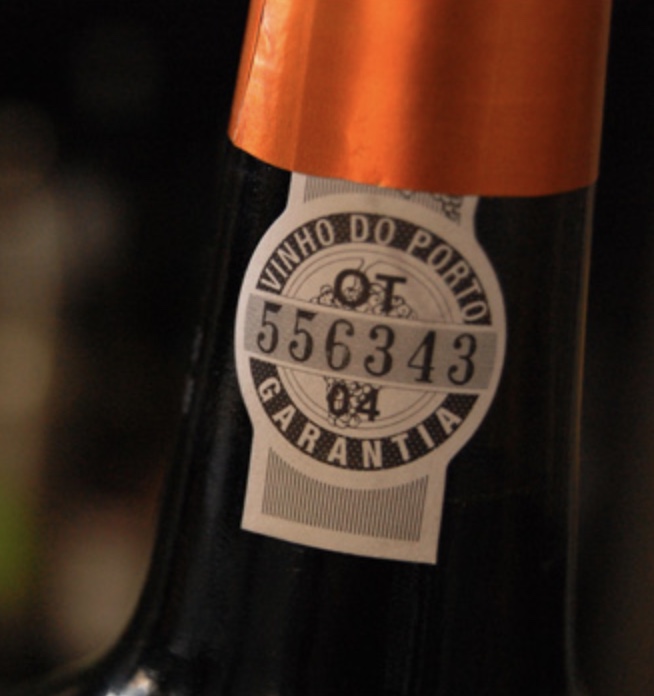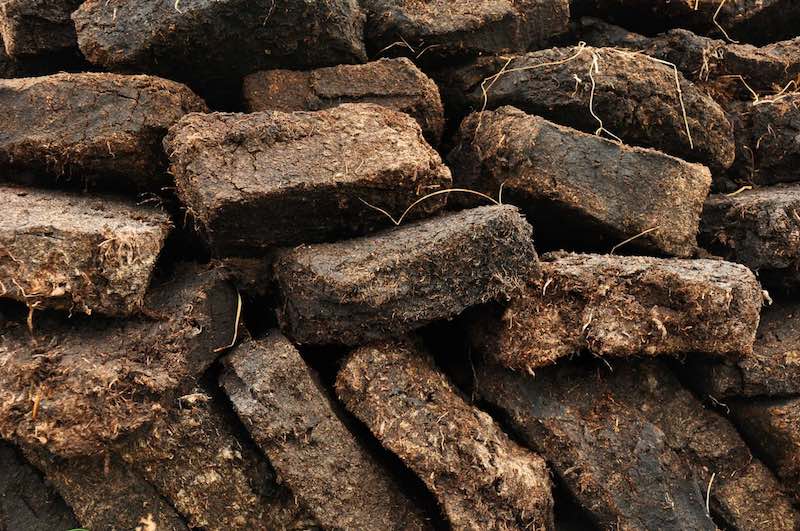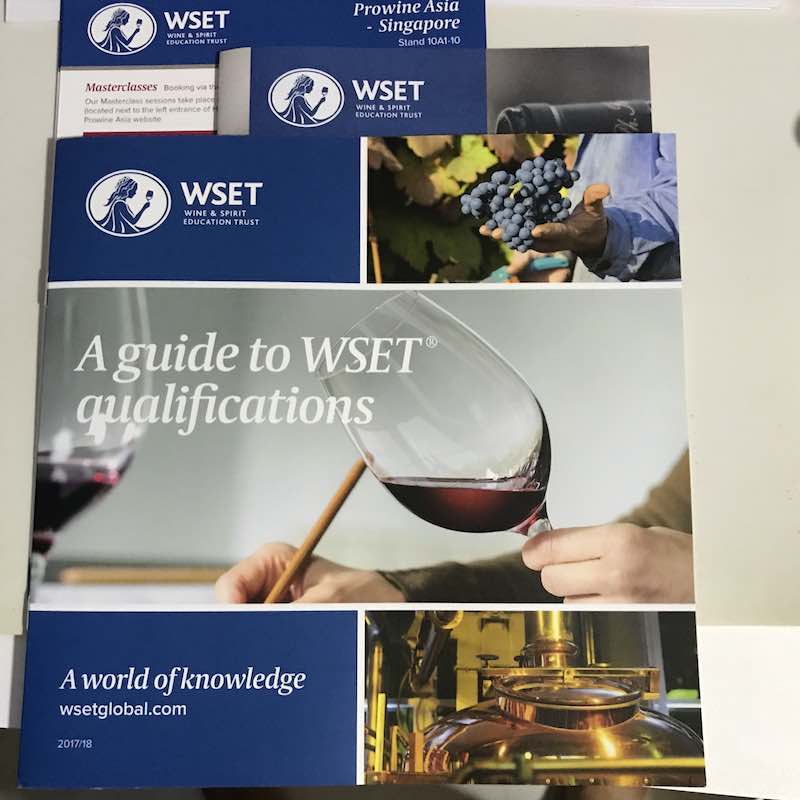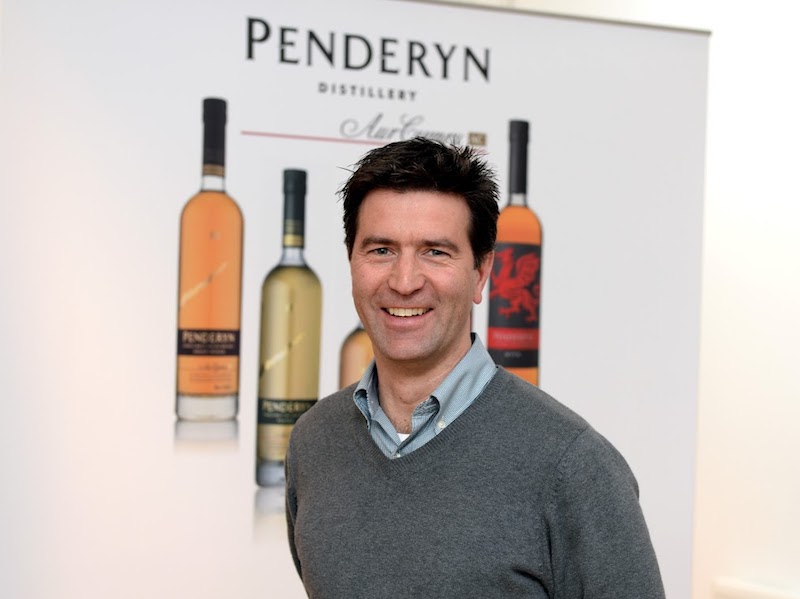
Picture from Penderyn Distillery
Penderyn Distillery is a boutique whisky distillery located in Wales, in a small but historic village known as Penderyn. A group of friends conceived the idea of setting up the first whisky distillery in Wales in the late 1990s. The idea became a reality on 1 March 2004, in the presence of HRH Prince Charles.
Penderyn Distillery will be exhibiting its whiskies for the first time in Asia during the ProWine Asia 2018. The exhibition can be found at Expo Hall 10. ProWine Asia is held together with the Food & Hotel Asia 2018 which will span two locations at Singapore Expo and Suntec City Convention Hall. Both events will be held from 24 April to 27 April 2018. WhiskyGeeks gets to speak with Dr Giancarlo Bianchi, the Technical Director of Penderyn Distillery before the exhibition.
Penderyn Distillery and its unique single copper-pot still
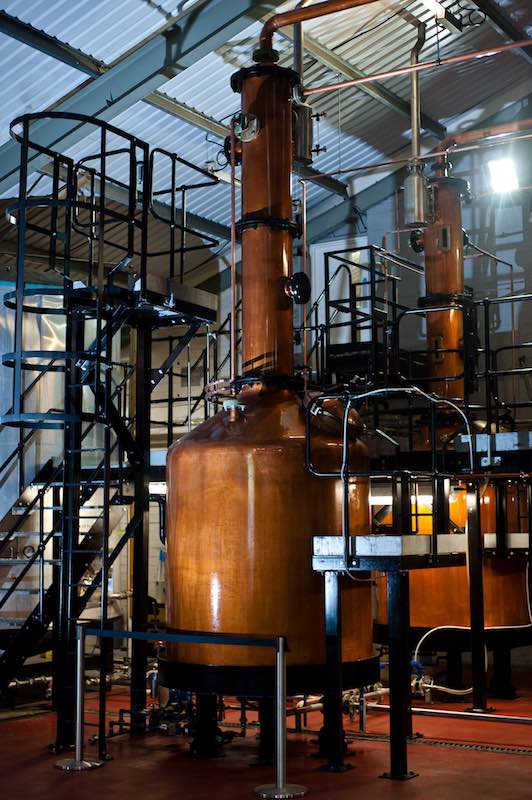
Picture Credit: Penderyn Distillery
The distillery boasts of a few things which other distilleries do not have. One of their prized possessions is their single copper-pot stills. Penderyn produces whisky from the copper-pot still and yields a flavourful spirit of high strength and purity. Dr David Faraday, a descendant of the famous Victorian scientist, Michael Faraday, designed the copper-pot stills. The picture above shows the launch of the new copper-pot still in 2013.
The Special Distillation Method at Penderyn Distillery
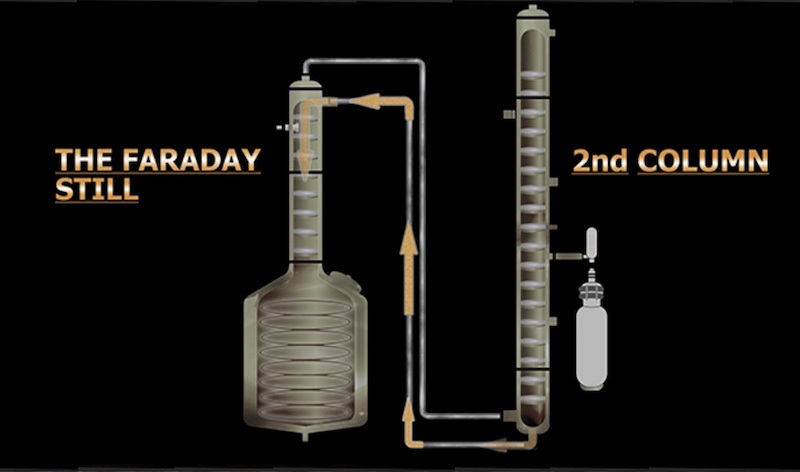
Picture Credit: Penderyn Distillery
We spoke to Dr Giancarlo Bianchi on Penderyn’s distillation method and learned the intriguing technical process. We understood that the distillery uses steam to heat the copper-pot stills. Once the wash heats up, the vapours rise into the copper column above the still and move into a second column. The unique second column has perforated plates. Some of the vapours condense as it runs through the first plate while others continue the journey up to the next plate.
The process continues, with some vapours condensing and others moving higher up to the next plate along the copper column. Eventually, all the vapours condense and fall back through the still. As the spirit goes through the process, it becomes smoother, softer and more refined with each step. Finally, the spirit is drawn from the seventh plate in the still column and piped into their spirit safe at a staggering 92% abv! (Refer to above for a graphic depiction of the process)
The Difference between Welsh Distillation Methods versus Scotch and Japanese Method
We wondered aloud how different the distillate would be between Penderyn and the traditional Scotch and Japanese whiskies. Dr Bianchi happily picked up the question and explained the difference. “Most Scottish and Japanese distilleries use a conventional two or three-pot still system, but at Penderyn, our single copper-pot still allows us to produce an extremely clean, flavourful spirit that sets it apart from the Scotch and Japanese spirits,” Dr Bianchi said. “This magical process not only imbues our raw spirit with great complexity, depth and finesse but also removes many of the undesirable chemical compounds – something that conventional pot-still systems cannot achieve,” he continued. The clean spirit, we understood, help Penderyn distillery during cask ageing as the absence of undesirable compounds makes it easier to achieve the flavours that Penderyn’s whiskies are famous for.
The Range of Penderyn Whisky Available
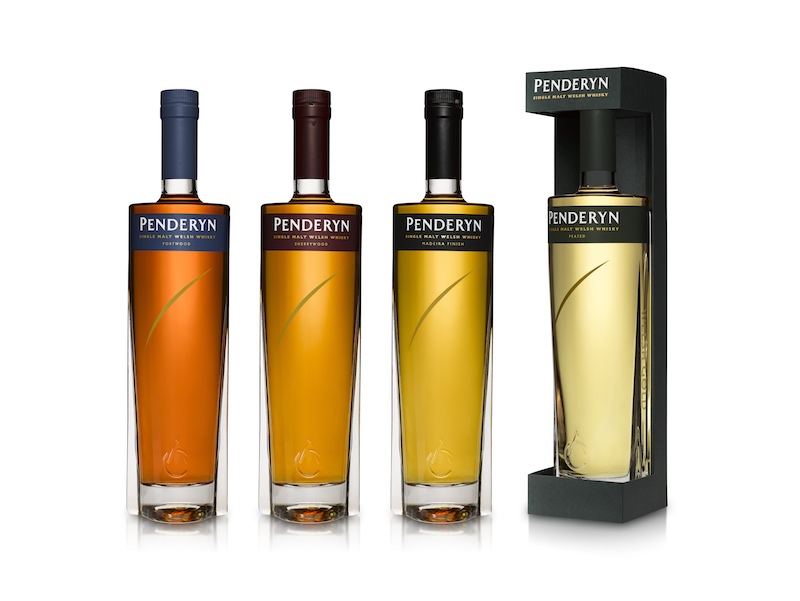
Picture Credit: Penderyn Distillery
As the range of Penderyn whisky is relatively new to Asia, especially in Southeast Asia, we ask Dr Bianchi for recommendations. There are two core ranges of products from Penderyn Distillery. The Dragon Range comprises three expressions bottled at 41%. Their names are Legend, Myth and Celt. These are the brand’s light and fruity whiskies, which are perfect for beginners as well as whisky drinkers who like gentle and easy to drink whiskies.
The other range is the Gold Range (shown above) which includes four expressions bottled at 46%. The Gold Range comprises of the Madeira Finish (which is the house style of Penderyn), Sherrywood, Peated and Portwood. With the higher abv, the range is more suitable for whisky drinkers as well as the adventurous beginners who want to move ahead in their whisky journey.
Whisky Trends in 2018
Geek Flora is excited to pick Dr Bianchi’s brains regarding whisky trends in 2018, especially that of boutique whisky in non-whisky producing countries. Dr Bianchi explained that there is a long-standing trend in Europe for consumers to explore single malts outside of Scotland and Japan. Considering the numerous distilleries popping up in Germany, France and England, it is indeed heartening to know that consumers are now more open to whisky produced in other non-traditional whisky-producing countries. “For the younger generations, age statement and country of origin are not going to be the key criteria,” said Dr Bianchi, “Taste, and a true, honest brand identity generate interest instead.”
As for the market outside of Europe, Dr Bianchi admits that it is still somewhat an age-statement market that sticks to the traditional core producing regions of Scotland and Japan. However, he believes that with more chances to meet and encourage drinkers to try the whiskies from the “new world”, more people will eventually come to understand and appreciate the whiskies made outside of the core producing regions.
Non-age Statements (NAS) versus Age-Statements Whiskies
We cannot resist the age-old question (pun intended) of the NAS versus age-statement whiskies. We asked Dr Bianchi what he thought about the on-going debate within the whisky community. Dr Bianchi said, “We recognised early on, that while age is important, its absolute value is not linearly related to whisky quality.” He went on to explain that the distillate is the most important. With a clean distillate such as the one from Penderyn, the whisky does not need to mature for an extended time. Given such, Penderyn chooses to launch NAS whiskies and will continue to do so.
“NAS whiskies are perhaps fashionable, but they do not mean lesser quality. They allow small, craft distilleries to carefully select their limited stocks flexibly to maximise quality without getting tied to a specific age,” Dr Bianchi continued. Dr Bianchi believes that NAS and age statements both work well in the global community as they appeal to different groups of drinkers. As long as NAS whisky producers continue to communicate and put forth good quality whiskies, everyone, even those who are against NAS whiskies now, will come to appreciate the care that goes into each bottle.
Challenging Scotland and Japan
As more whisky distilleries popped up around the world, we are interested to find out if these boutique distilleries are a threat to Scotland and Japan, the traditional whisky-making regions. When we put the question to Dr Bianchi, he laughed and said, “The whisky market worldwide is growing, and there is still room for everyone.”
We have to acknowledge that Dr Bianchi was right. The small distilleries are far from challenging the established giants in both Scotland and Japan as their capabilities are nowhere near the big ones in either region. Nonetheless, they are threatening age-old production techniques and forcing the traditional producers to rethink both their production techniques and their marketing methods.
The Future of Whisky
Finally, we asked Dr Bianchi what his views are for the future of whisky. He made an important point – whisky is around for a long time, but it is essential that whisky producers continue to innovate. Variety is vital in a market where consumers are always looking for something new. Such trends are beneficial to smaller producers like Penderyn because consumers are more willing to try new varieties from boutique whisky distilleries.
While it is still a question mark on whisky’s future, one thing is sure. Producers will strive to make good whisky to intrigue the world and convert more drinkers in time to come.
Moving Forward
WhiskyGeeks will be attending ProWine Asia 2018 to provide more updates to all our readers! Stay tuned for more!
Like what you have just read?



